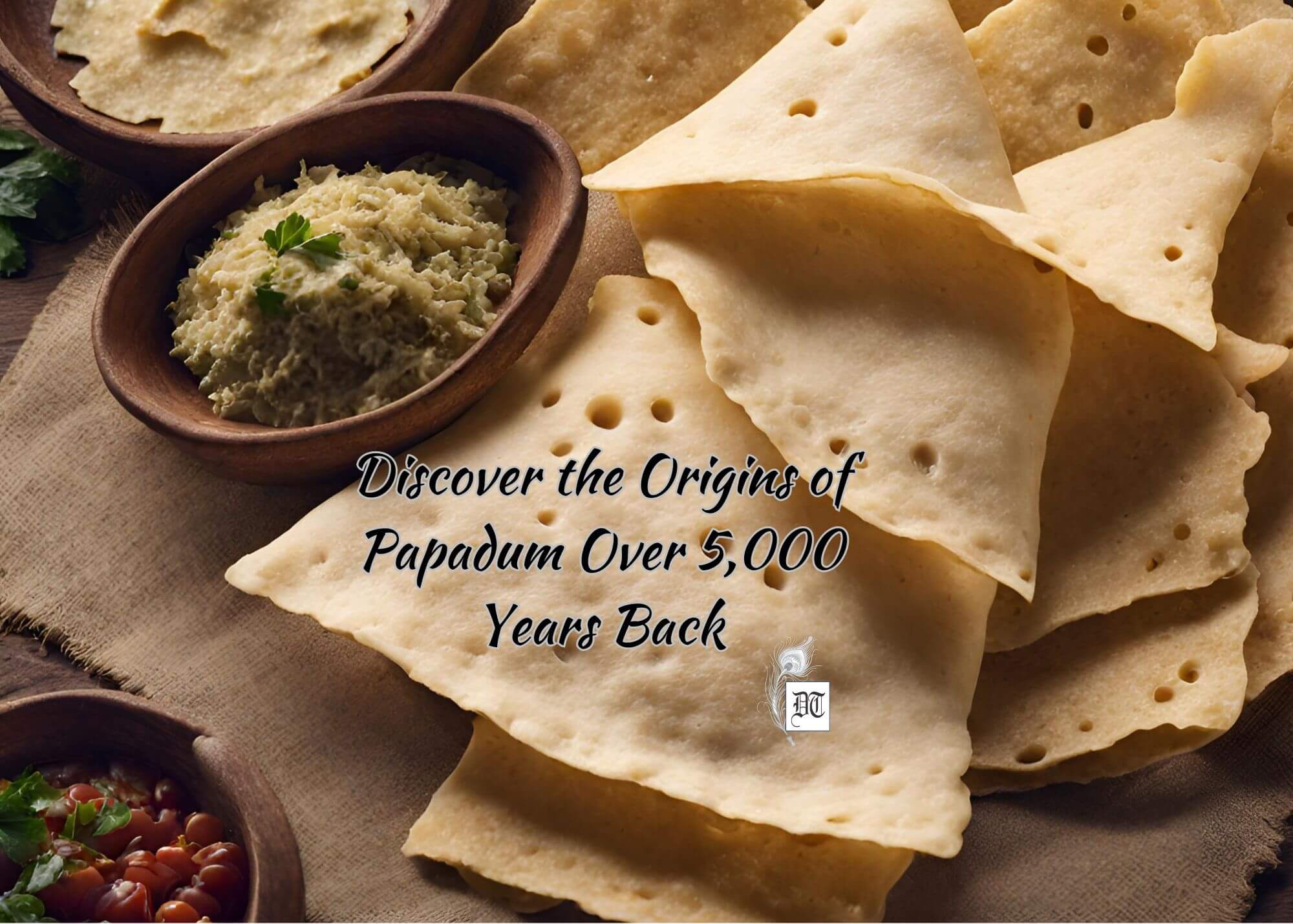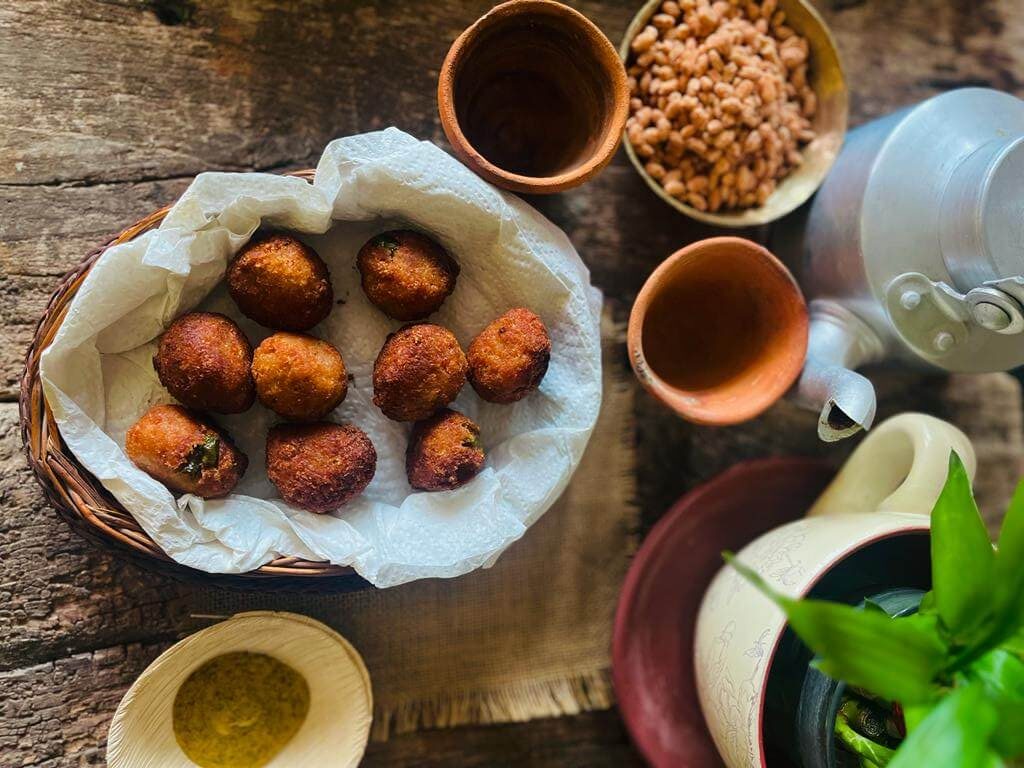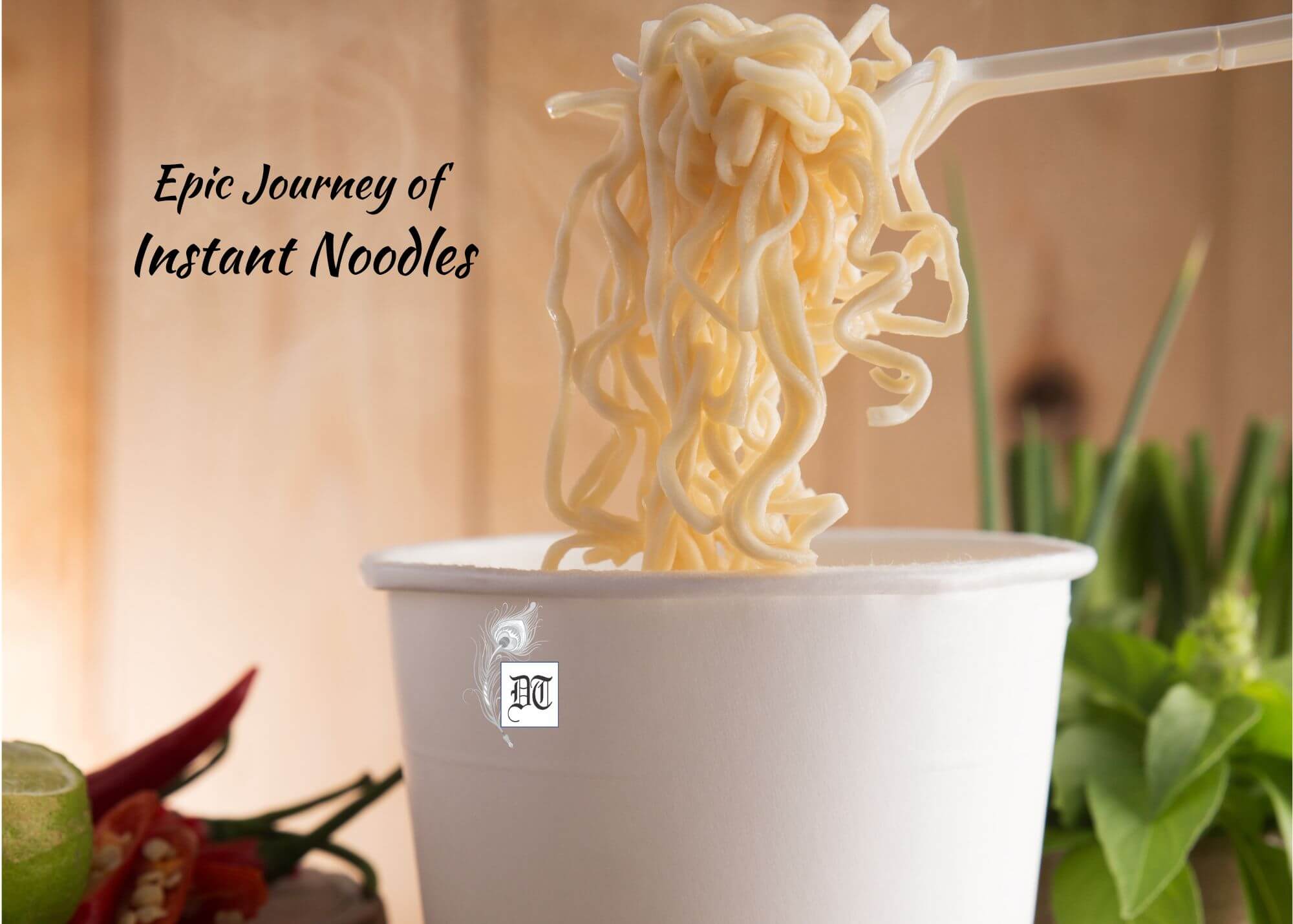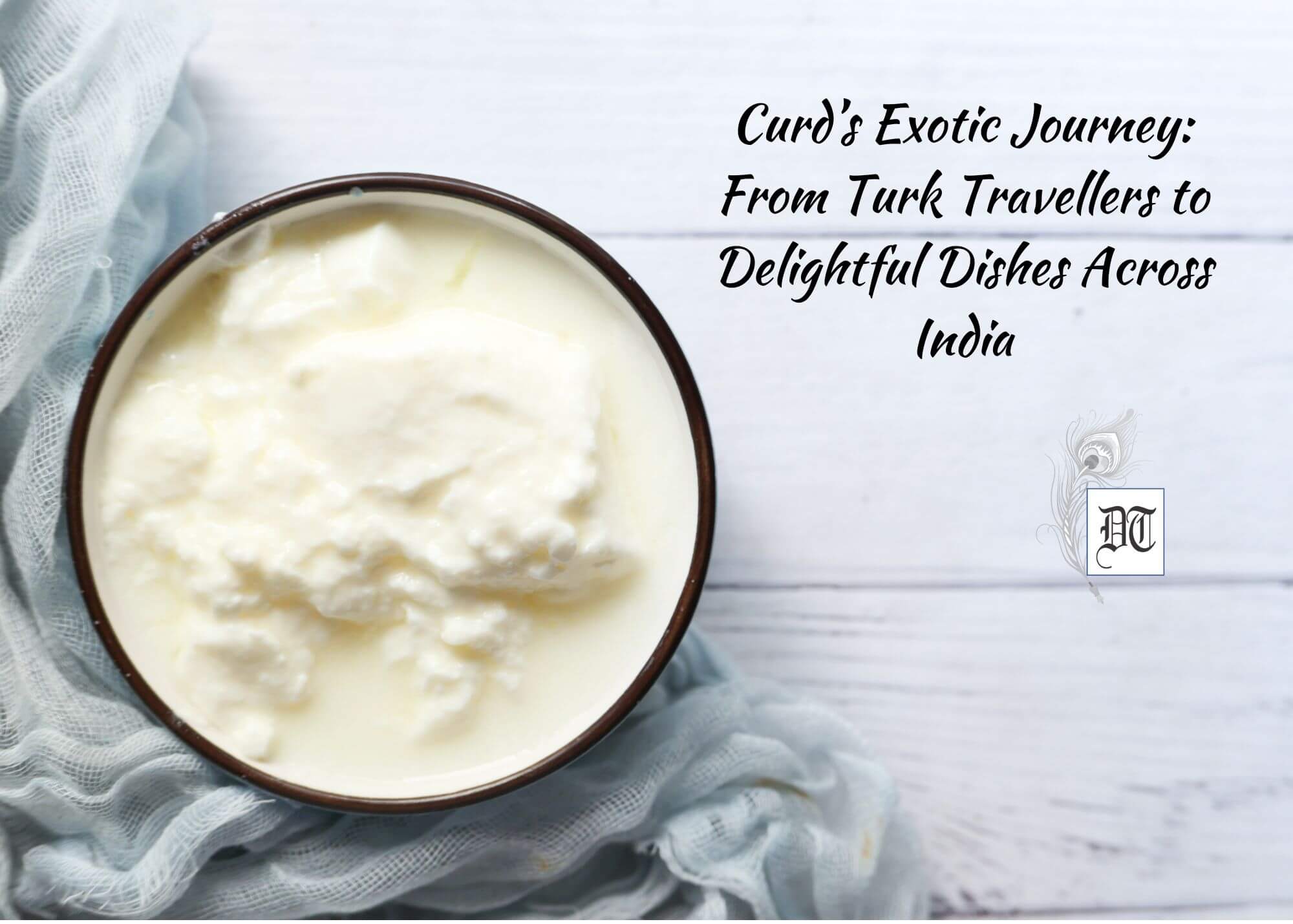No one is exactly sure when halva, the dish or its name travelled south and east to Syria, Lebanon, the Gulf states and then to Afghanistan, finally reaching India. Moghuls acquainted the Indians with it in the 16th century, says Lily, in the weekly column, exclusively in Different Truths.
I am sitting with my head covered in a Gurdwara, a place of worship for the Sikhs, both my hands cupped, waiting for my turn, to get the steaming prasad. This is my earliest memory of whole-wheat flour halva. The heavenly aroma of flour roasted in ghee (clarified butter) and sugar syrup is the perfect scent of a favourite comfort food. It is also probably one of the earliest home cooked desserts, a child eats, in the chilly winters of North India.
 Halva is one such dish which can be found in any country between Balkans and India. In Greece, one of the main Lenten sweets is Halva. The special one made with tahini, sold in brick or block form is called Makedonikos Halvas (Macedonian halva). Flavoured with chocolate or made more nutritious with nuts, Greeks prefer it sprinkled with, believe it or not, lemon juice and cinnamon.
Halva is one such dish which can be found in any country between Balkans and India. In Greece, one of the main Lenten sweets is Halva. The special one made with tahini, sold in brick or block form is called Makedonikos Halvas (Macedonian halva). Flavoured with chocolate or made more nutritious with nuts, Greeks prefer it sprinkled with, believe it or not, lemon juice and cinnamon.
Despite being largely found all over Greece, it is believed that the etymology and most probably the origins of halva are most likely Turkish. The word ‘halv’ in Turkish means sweet, according to the Classical Turkish Dictionary. Over a period of time, it evolved to mean this particular kind of sweet. In the Turkish Cookbook, Nevin Halici writes that helva, as it is called in Turkey, is the oldest dessert in Turkish cuisine.It is mentioned in the 13th-century works of Mevlana. Two helvas are notable. One made with grape syrup called ‘pekmez helvasi’ and the other made with almonds called ‘badem helvasi’. In 15th-century, the Tokpaki Palace was rebuilt during the reign of Sultan Suleiman the Magnificent. The kitchens now included a structure with six domes called the Helvahane or House of Helva. Numerous varieties of halva were prepared here.
Like the ancient Greeks, the elite of Istanbul was holding elaborate dinners known as halva suppers by the 17th century. In certain parts of Anatolia, halva suppers are still seen. The sweet is served as an intermezzo between sessions of entertainment or discussions. Special occasions still have halva in the celebrations.
No one is exactly sure when halva, the dish or its name travelled south and east to Syria, Lebanon, the  Gulf states and then to Afghanistan, finally reaching India. Some sources believe that it wasn’t the Ottoman conquerors who got the dish to Arab countries but it was the Turkish emigrants. Moghuls acquainted the Indians with it in the 16th century.
Gulf states and then to Afghanistan, finally reaching India. Some sources believe that it wasn’t the Ottoman conquerors who got the dish to Arab countries but it was the Turkish emigrants. Moghuls acquainted the Indians with it in the 16th century.
The most unique and unusual recipes of halva are found in India, despite the widespread fondness for this sweet in most eastern countries.
The root word for the confectioner’s caste in India – Halvais comes from halva.
The Greeks recipe for halva is very similar to the Indian Suji Halva. Semolina, butter, sugar are used but Indians add black raisins, nuts and perfume it with green cardamom. It is commonly cooked and also given to nursing mothers.
 Besides semolina, nuts, spices, seeds and zedoary flour may also be used. Many vegetables and fruits are also the base for various halvas. Carrots, squash, beetroots, and potatoes, bananas, mangoes and papayas are converted to a sweet halva. Dry fruits, cream, coconut, and spices provide interesting variety. I relish the lentil halva, made with soaked and ground moong lentils, roasted and sweetened to a heart-warming dessert in the winter frost.
Besides semolina, nuts, spices, seeds and zedoary flour may also be used. Many vegetables and fruits are also the base for various halvas. Carrots, squash, beetroots, and potatoes, bananas, mangoes and papayas are converted to a sweet halva. Dry fruits, cream, coconut, and spices provide interesting variety. I relish the lentil halva, made with soaked and ground moong lentils, roasted and sweetened to a heart-warming dessert in the winter frost.
North Indian businessmen called Lalas are supposed to have brought the halva to the southern states, therefore, the popular name ‘Lala Kadai Halva’ meaning Lala’s shop’s halva.
Enakkkae halva vaa is the popular jargon of Tamil Nadu. When one feels the other person is trying to outsmart him or her them this humorous colloquial phrase is used. In Tirunelveli, a renowned shop sells halva called “Irutu Kadai” as it is served after six in the evening. Floating In dollops of ghee, this halva is red in colour.
red in colour.
As for me, my childhood memories are coloured with huge vessels of shiny red colour. Carrot halva cooked in cauldrons full of buffalo milk. Huge ladles of snow white milk cream was added as were dollops of sweet-smelling pure ghee. We kids along with Dad helped mama and the domestic help to grate the large red juicy carrots. Machines came later. It took almost an entire day to create a classic Gajar halva as it is called. Almonds, raisins, cashew nuts peeped out of the cardamom perfumed extravaganza. Shortcuts are used now as time and love both seem to be receding. Who can forget sitting or lolling around on garden chairs amidst smiling dianthus and dahlias, chomping up spoonfuls of this king of halvas.
©Lily Swarn
Photos from the Internet
#Halva #Halwa #JourneyOfHalwa #SemolinaHalwa #CarrotHalwa #GreekHalva #AfganiHalva #Dessets #SweetDish #IndianSweetDish #HistoryAndMystryOfFood #DifferentTruths




 By
By

